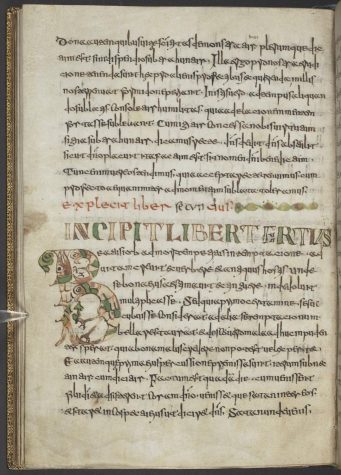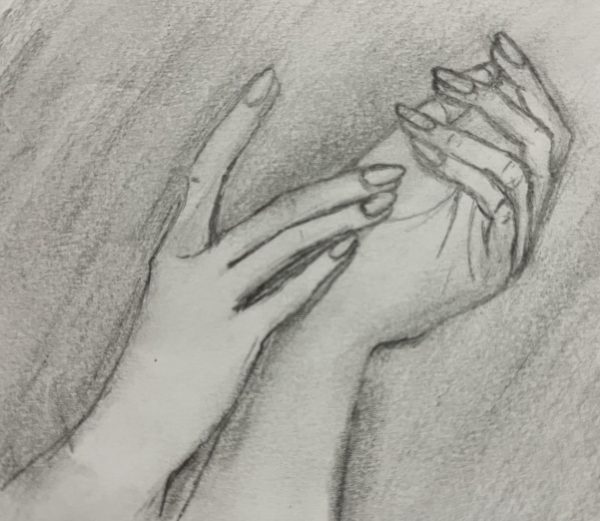The French Language and Calligraphy

Many readers may not know that today, March 20th, is UN French Language Day. In celebration of the event, this article will give a brief overview of the French language and calligraphy, and take a look into the celebration and how it came about.
French is a Romance language of the Indo-European family. It came from the Vulgar Latin of the Roman Empire (the origin of all Romance languages) and evolved from Gallo-Romance, the Latin spoken in Northern Gaul. Its closest relatives are the other languages historically spoken in northern France and southern Belgium. French was also influenced by the (Germanic) Frankish language of the post-Roman Frankish invaders. In the nineteenth and twentieth centuries, French was spread around the globe due to colonialism, and to this day, most former colonies use French as one of their official languages. There are also French-based Creole languages in the US, Caribbean, and on several islands in the Indian Ocean.
French is an official language in 29 countries across multiple continents, most of which are members of the Organization Internationale de la Francophonie (OIF), the community of 84 countries that share the official use or teaching of French. It is a primary or second language of many international organizations such as the United Nations, the European Union, the North Atlantic Treaty Organization, the World Trade Organization, the International Olympic Committee, and the International Committee of the Red Cross. It is also ranked the third most useful language for business. Moreover, French is estimated to have about 76 million native speakers, 235 million fluent speakers and 77 to 100 million secondary speakers. French is one of six official languages used in the United States and is spoken as a first language in France, Canada and Monaco; in parts of other European countries such as Belgium, Switzerland, Luxembourg, and Italy; in large parts of West and Central Africa including in Benin, Burkina Faso, Burundi, Cameroon, and the Central African Republic; and elsewhere.

Calligraphy often reveals the most important parts of the history and culture of a language. French calligraphy developed in the Middle Ages, was born around the 7th century and disappeared after the invention of printing in the 16th century. French calligraphy was closer to art than mere writing. In France, it was used by copyist monks who specialized in manuscript copy and Catholic writing. The calligraphy was often decorated with small drawings and gildings, known as illuminations. For example, capital letters at the beginning of sentences were much bigger than the rest. Illuminations were added to decorate writing in a meticulous way and it was not unusual for writers to spend hours on a single page. Hence, French calligraphy was mainly used by monks in the Middle Ages to illustrate, decorate, and record religious texts.
French Language Day is celebrated annually on March 20th and was established by the United Nations’ Department of Public Information in 2010. The aim of the UN Language Days is “to celebrate multilingualism and cultural diversity as well as to promote equal use of all six official languages throughout the Organization”. The date was established to be March 20th because it “coincides with the 40th anniversary of the International Organization of La Francophonie”.
French has a long history as an international language, and despite its colonial past, is the basis for many interpersonal and international connections nowadays, for which it should be celebrated. To explore the French language on this day, you can try to discover words in your native language derived from French, watch a French-language film or listen to some French music.
Joyeuse journée de la langue française!
***
This article is the first of a series on the six UN languages and their calligraphy, so stay tuned for more!

Hi! I'm Sijia Zhong from the class of 2023. I'm the Academics Section Editor for UNISVerse and I like to write articles related to school events such as...









